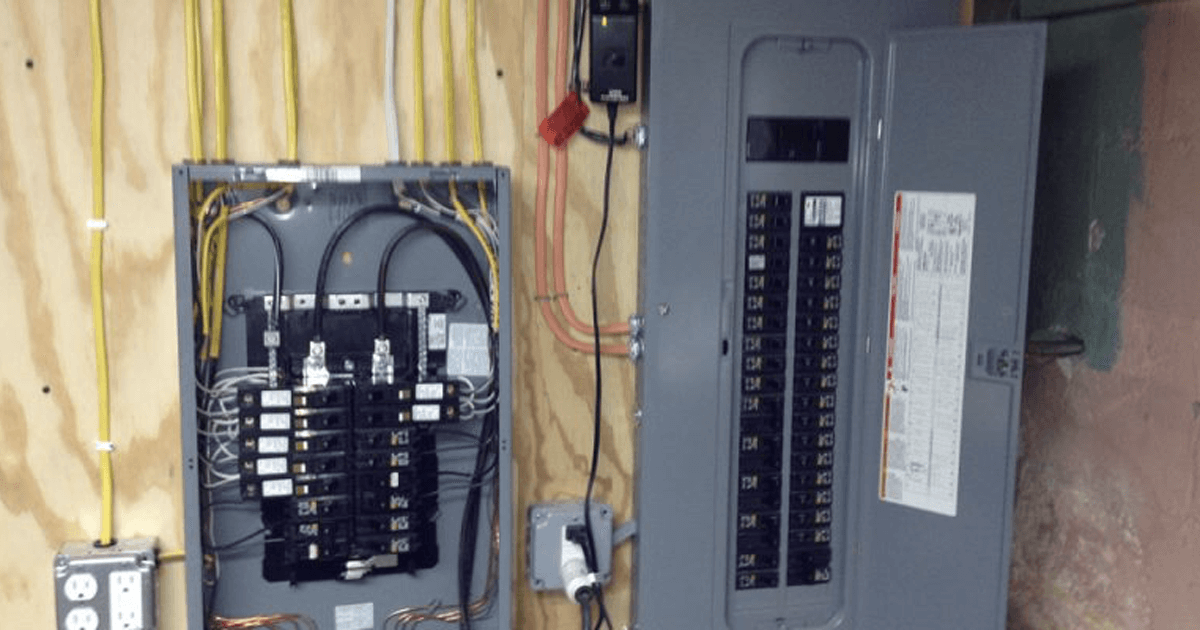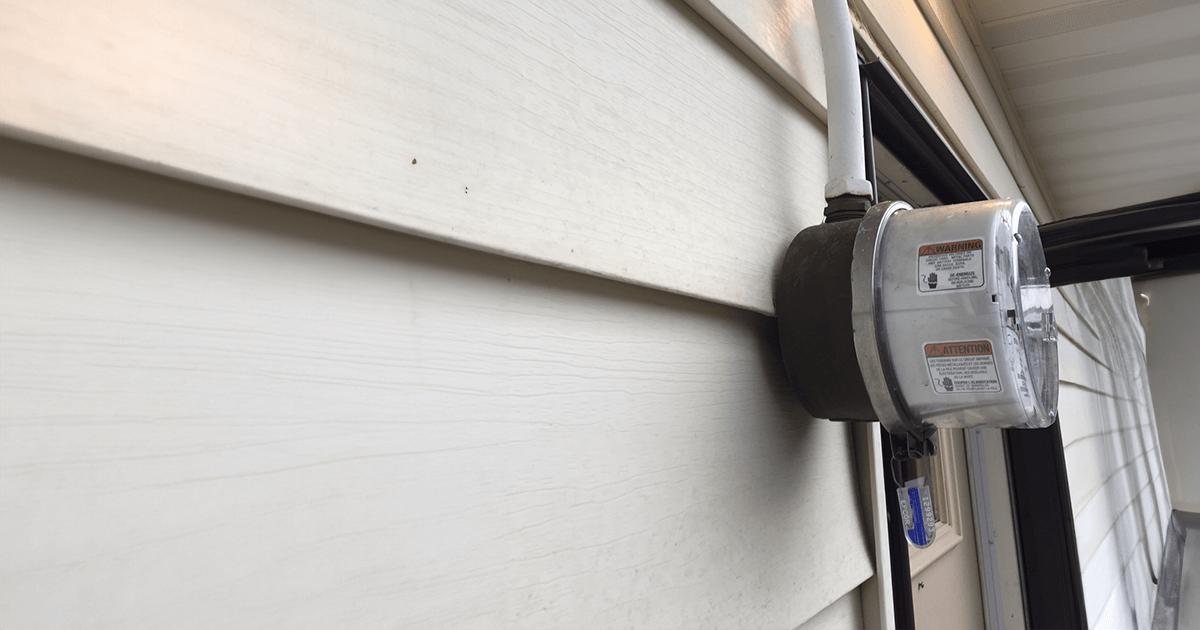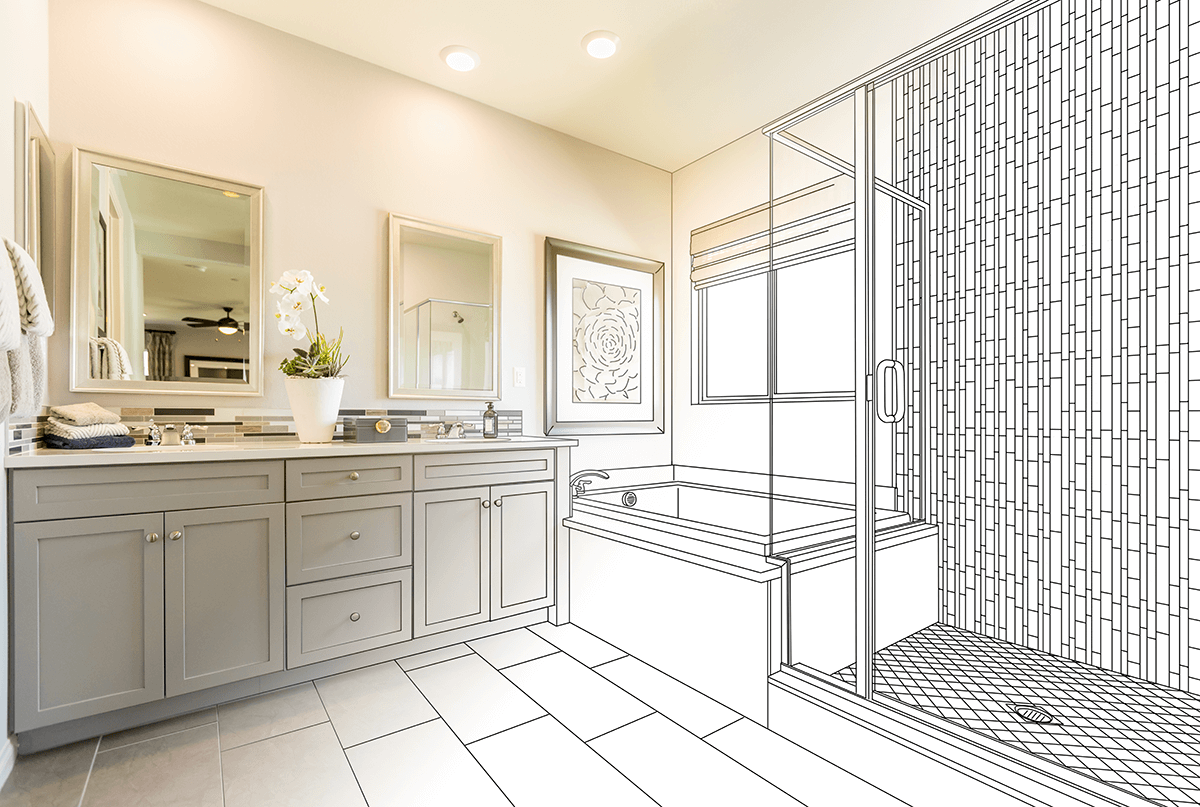When undertaking electrical renovations in your home, it’s crucial to assess if your electrical panel has adequate space for additional breakers. This is a fundamental aspect to consider to ensure safety and functionality.
Manufacturers like Siemens, Homeline, and Cutler Hammer offer a solution known as a “space saver” breaker. These breakers are designed to double your panel’s capacity by allowing two circuits to share a single breaker slot. For example, in a panel originally designed for 24 circuits, using space saver breakers could potentially increase its capacity to 48 circuits. However, it’s important to note that not all panel manufacturers produce these space saver breakers.
If your panel is incompatible with space saver breakers or if you need more space than they provide, there are two primary solutions:
- Upgrade the Existing Panel: Replace your current panel with one that has a larger capacity. This is a straightforward approach to increase your system’s capacity.
- Install a Sub Panel: A sub panel, which acts as an auxiliary panel, is typically installed next to the main panel. It allows for the addition of extra circuits. The choice of sub panel should be based on your needs:
- For high-demand additions like hot tubs and air conditioners, opt for a sub panel with a high amperage capacity. This requires larger breakers and wiring to the sub panel.
- For less intensive additions, like a few outlets and lights, a sub panel with lower capacity might suffice.
Before embarking on these changes, especially if planning to DIY, seeking advice from a trusted electrical contractor is advisable to ensure that your sub panel is not undersized, which could necessitate future upgrades.
Additionally, always obtain a homeowner electrical permit for your renovations – it’s crucial for compliance and safety. Lastly, remember to switch off the main breaker before attempting any work on the panel to avoid the risks associated with live electrical components.





